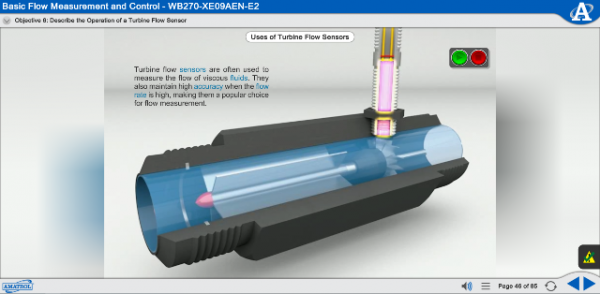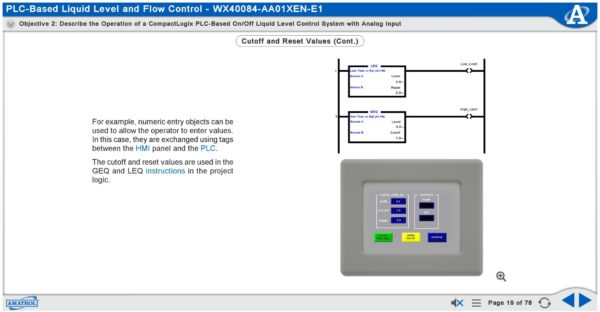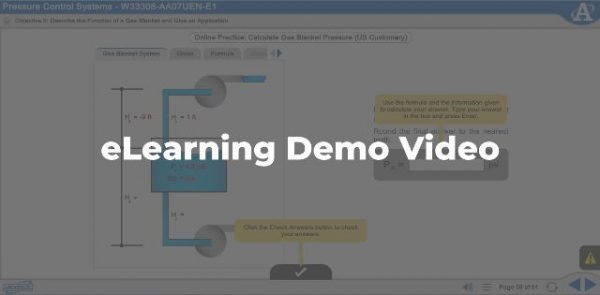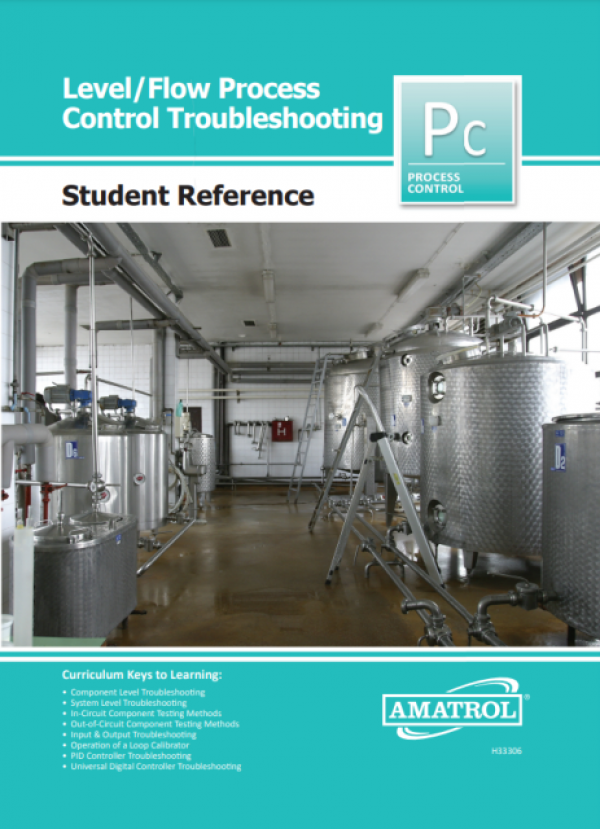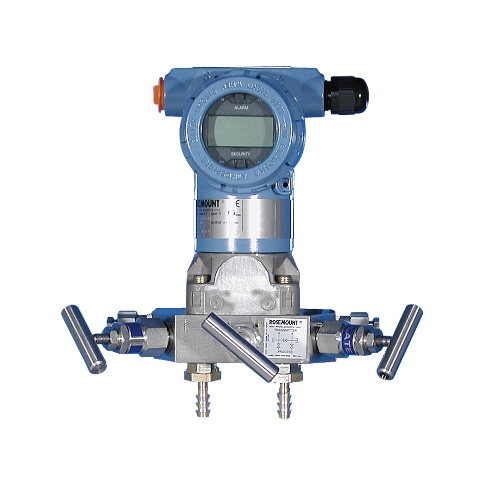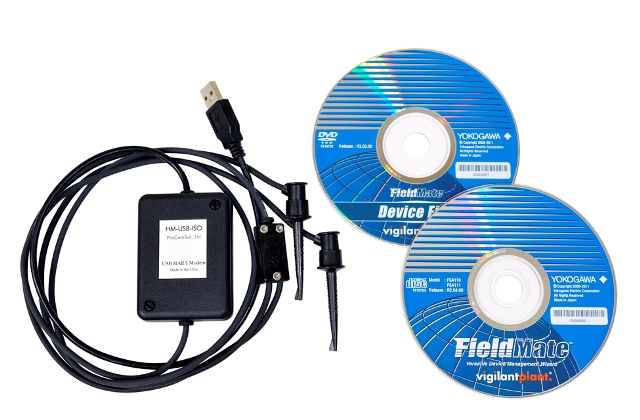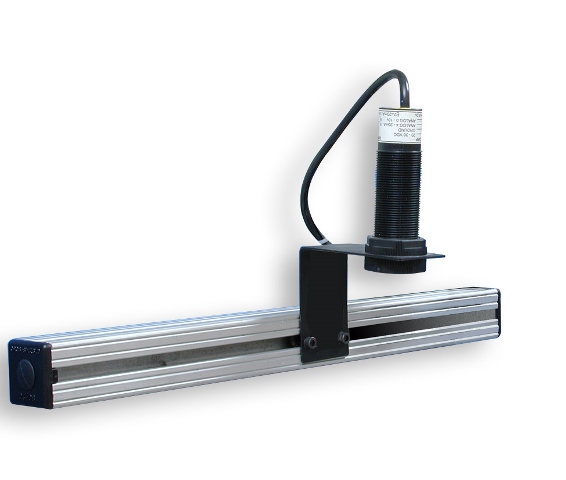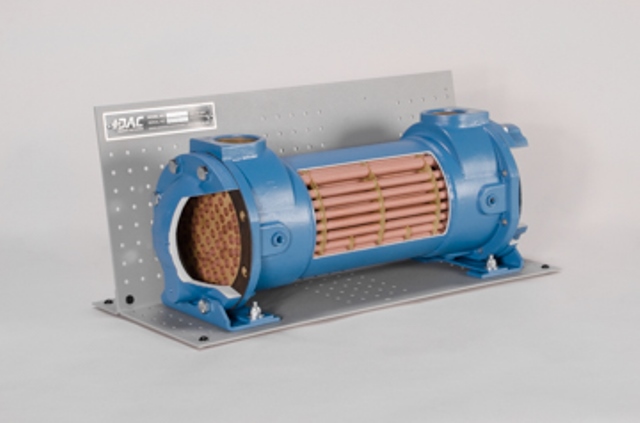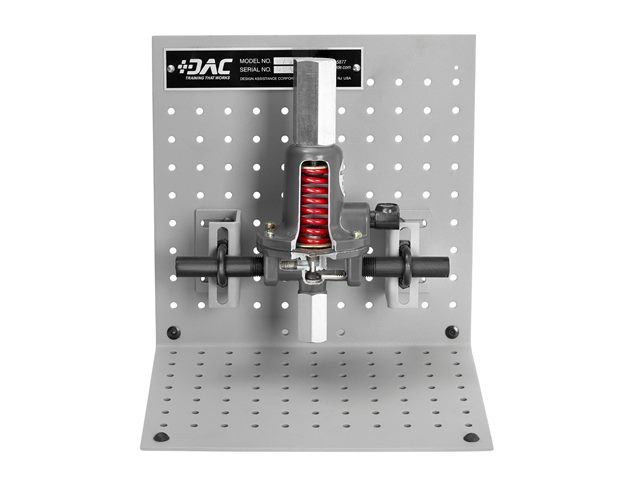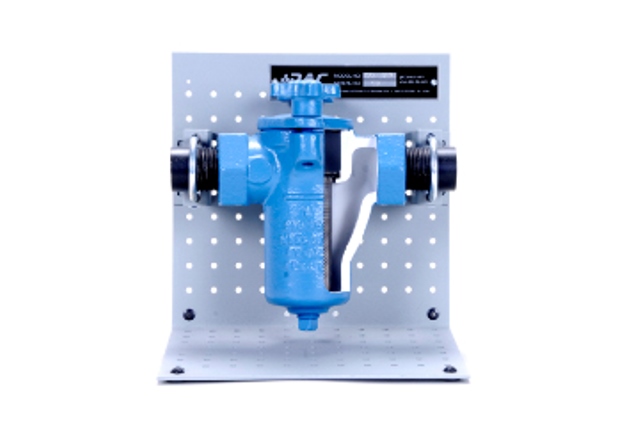PLC-based on/off control is a closed loop control method used in process control applications to maintain a process variable within a specified operating range. In the simplest on/off process control applications, the controller uses discrete input switches or sensors to monitor the high and low limits of the controlled variable. Two level switches are positioned at high- and low-level limits. The control circuit maintains the level between the level limits and not at a specific setpoint. The PLC uses the status of the input switches in the program logic to turn an output device on and off to control the process.
The upper limit is the cutoff, and the lower limit is the reset. The region between the two limits is called the deadband because the PLC output does not change state in that region. Sometimes, the cutoff and reset values are set by physically moving the low-level and high-level switches in the tank. In some cases, the switch positions are fixed and the cutoff and reset values cannot be changed.



